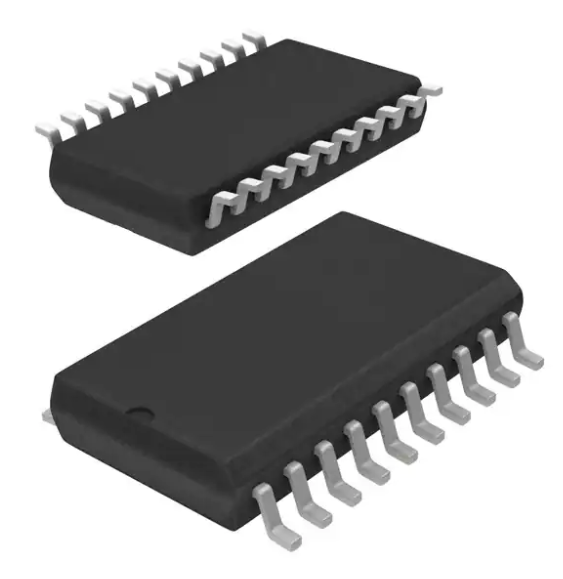
INA827AIDGK
The INA827AIDGK is a precision instrumentation amplifier that amplifies differential signals in the presence of common mode noise.
Inquire Now
Description
INA827AIDGK is a special type of amplifier. Used to amplify very small differential signals in the presence of common-mode noise. These amplifiers are often used for signal conditioning. and applications such as data acquisition and measurement systems.
The “Prec, 200uA, 2.7-36V” specification in the manual refers to the accuracy of the instrumentation amplifier. as well as current consumption and voltage range.
“Prec” refers to the precision of the amplifier. Usually involves the accuracy and stability of gain, offset voltage and input impedance.
“200uA” refers to the current consumption of the power amplifier. is the amount of current drawn by the amplifier from the power supply. In applications where power is limite or battery life is important. Lower current consumption is require.
“2.7-36V” refers to the voltage range of the power amplifier. That is, the voltage range in which the power amplifier can work. This voltage range is useful for applications where the amplifier needs to be able to operate over a wide voltage range. Or very important in systems with different supply voltages.
INA827AIDGK Feature
- High precision: These amplifiers are usually in gain precision. As well as high accuracy in terms of offset voltage and input impedance.
- Low current consumption: The current consumption of these
- Wide
- Differential
- Adjustable
- High common-mode rejection ratio (CMRR): The CMRR of these amplifiers is usually high. This means they reject common mode noise and interference.
- Temperature stability: These amplifiers are usually designed to be stable over a wide temperature range. Ensure consistent performance even in challenging work environments.
FAQ
Q: What are some applications of instrumentation amplifiers with the specifications “Prec,200uA,2.7-36V”?
A: These types of instrumentation amplifiers are commonly used in medical instruments, strain gauges, and pressure transducers. and in applications such as thermocouples and other low-level signal amplification applications.
Q: What is the typical gain range of an instrumentation amplifier with the specifications “Prec,200uA,2.7-36V”?
A: The gain range of these amplifiers may vary depending on the specific model and application requirements. But usually in the range of 1 to 1000 or higher.
Q: What is the difference between an instrumentation amplifier and an operational amplifier (op-amp)?
A: An instrumentation amplifier is a special type of operational amplifier. Designed to Amplify Very Small Differential Signals in the Presence of Common Mode Noise. Unlike standard op amps, instrumentation amplifiers typically have high input impedance. Lower output impedance and higher common-mode rejection ratio.
Q: Can I use an instrumentation amplifier with a single-ended input signal?
A: While instrumentation amplifiers are design for differential input signals. But some models can also support single-ended input signals by adding an external resistor network.
Q: How do I choose the right instrumentation amplifier for my application?
A:When selecting an instrumentation amplifier, it is important to consider the desired gain, input signal range. And factors such as output voltage swing, noise performance, temperature stability, and power dissipation. It is also important to ensure that the amplifier is compatible with the specific sensors or signal sources being used in the application.


























































































